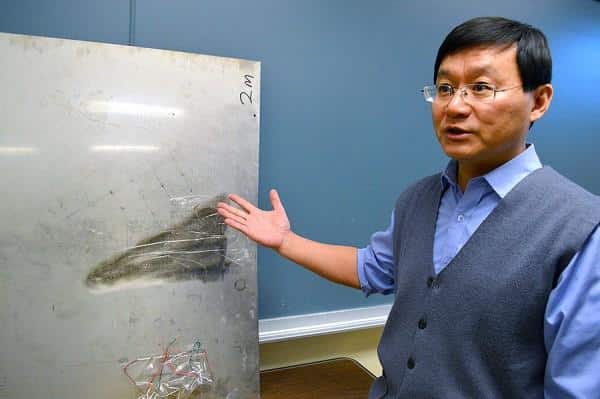A team at the University of Missouri has developed an artificial metamaterial that can respond to its surroundings, make a decision independently, and perform an action without direction from a human.
The debut seems science fiction, so it is worth giving an example of application. Think of a drone making a delivery: with this metamaterial it could evaluate the context (including wind direction, speed or wildlife) and automatically and autonomously change course to complete the delivery safely.
How is it possible?
Guoliang Huang holds an engineering professorship at the University of Missouri and a co-author of the study published in Nature Communications. He claims that the mechanical design of this new metamaterial incorporates three main functions also found in materials found in nature: sensing, information processing and actuation, or movement.

“Basically, we're controlling the way these metamaterials responds to changes in external stimuli found in the surrounding environment,” says Huang.
For example, we can apply this metamaterial to aerospace structures. It can help control and reduce noises coming from the aircraft, such as engine vibrations, and increase the multifunctional capabilities of the aircraft.
Guoliang Huang, University of Missouri
Next steps for the metamaterial
The newly developed metamaterial uses a computer chip to control or manipulate the processing of information needed to perform required actions. To acquire mechanical energy, it then uses electrical energy.
Before we find out what the team does, it's time to calmly say that it uses electrical energy to convert that energy into mechanical energy. The researchers' next step is to implement their idea in a real environment.
The financing? As often happens, they are of military origin. They come from the Air Force Office of Scientific Research, the Army Research Office and the National Science Foundation Undergraduate Research Grant. Quite a few financiers, for a project that is proving to be very ambitious.
Source: University of Missouri


